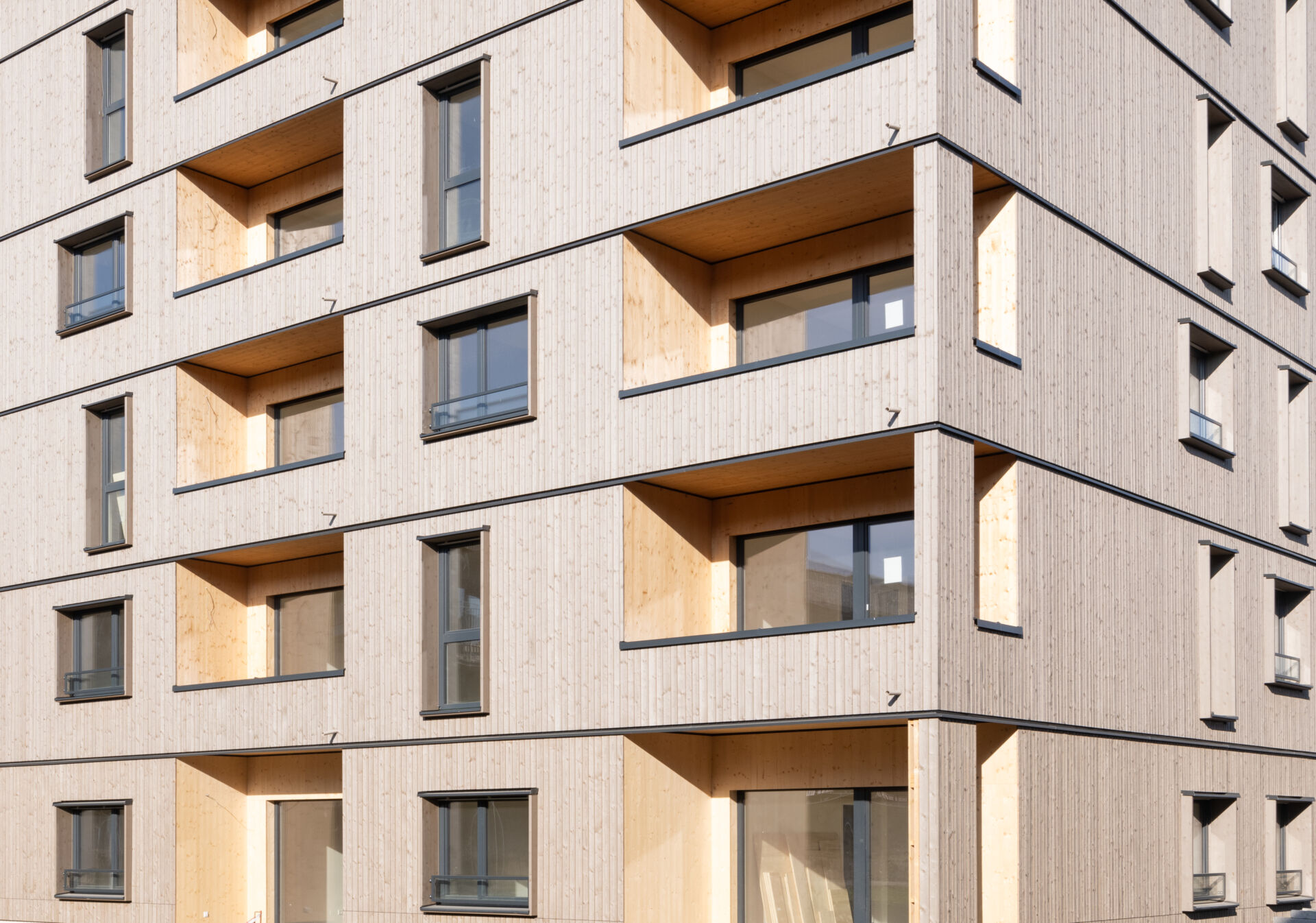WoodC.A.R.
Computer Aided Research
We bring wood into the car

Through cross-innovation WoodC.A.R is strategically pushing new uses for the raw material wood, so helping to strengthen the domestic timber and mobility sector on a long-term basis. In particular the development of know-how about virtual calculation methods opens up many innovative applications for this material. The use of new simulation methods greatly speeds up product development processes here.
New automobile concepts are needed due to changes in framework conditions and strategic objectives in the mobility sector, such as carbon footprints, electromobility or the attempt to reduce vehicle weight.
Rethinking simultaneously also means extending the range of materials used to date. When used properly, wood becomes a high-performance lightweight material that represents a valuable asset for the mobility sector of tomorrow. In this context the enormous potential offered by this new class of wood now becomes clear!
In the framework of the “WoodC.A.R.” research project, the project team in Weiz is developing principles for stepping up the use of wood in the vehicles of tomorrow. Techniques for incorporating wood in automobiles have existed for many years. This renewable raw material has for example been used in luxury limousines, although this was more to enhance their styling than as a structural component.
One of the reasons behind this is that the automotive industry is only now familiarising itself with wood for such a purpose. The behaviour of wood must thus be no less predictable than that of parts made from metal or composites. The WoodC.A.R. project partners are therefore currently working on computer simulations that allow the car-makers to map the use of wood virtually.
Through cross-innovation WoodC.A.R is strategically pushing new uses, so helping to strengthen the domestic timber and vehicle sector on a long-term basis. The creation of synergies between the two branches results in proposals for sustainable solutions that reduce CO2 levels for the mobility sector overall.
The predictability of wood as a lightweight structural material represents an essential addition to timber technology. Computer-aided development processes have been proven to shorten innovation cycles and slash costs. This allows companies to tap into new markets and get ahead with development for existing products.
The consortium under the control of Innovationszentrum W.E.I.Z. consists of numerous partners: On the industry side they include parquet manufacturer Weitzer Parkett, engineering consultants Ingenieurbüro Steiner, automotive supplier Magna Steyr, MAN Truck & Bus AG and the Volkswagen Group.
The scientific partners in the consortium include the University of Natural Resources and Life Sciences Vienna (BoKu), Graz University of Technology (TU Graz), Karl-Franzens-Universität Graz, FH Joanneum university of applied sciences or the “Virtual Vehicle” research centre (ViF) in Graz.
Scientific management is in the hands of Ulrich Müller, BoKu, Thomas Jost, ViF and Florian Feist, VSI TU Graz. With a research volume of 5 million euros, the project receives financial aid from the Austrian government (1.5 million euros) and the provinces of Styria (702,000 euros) and Tyrol (48,000 euros).
“In the context of an overall consideration of CO2 levels, it is essential to examine the use of wood in relation to vehicle structure in greater detail.”


